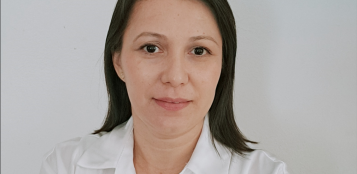Honduras Origin Trip Report
- February 2024
- Travelogue

We can almost call our trip to Honduras a tradition – Honduras and Hacofco are just two things that belong together. In January, Stephan Niesel travelled to to the main producing regions and visited our partners at a point of time, where the crop has started to be in full swing. Please find our comments and some important figures about this year’s crop below.
In Honduras' coffee regions like Copan, Ocotepeque, San Marcos, Corquin, and Marcala, producers and exporters foresee a significantly smaller 2023/2024 crop. Farmers expect a 5-10% reduction, while exporters express deeper concern, anticipating losses of 20-40%, mainly in lowland areas. Factors contributing to this decline include worker shortages, increased immigration, climate change, El Niño in 2023, and rising production costs, reducing picking frequency in some areas. Our crop estimates for 23/24 range from 6.0 to 6.6 million qq, down from 7.1 million qq in the previous season, with 6.9 million qq for export (57% certified and/or specialty).
Certain areas experience notably slower coffee flow compared to last year. Coops witness consistent arrivals, but some exporters report less activity. Preparing for 2024/25 and EUDR regulations, producer groups adopt online platforms for farmer mapping and use certification systems for traceability. Deforestation risk is considered low to medium, with 90% of Honduran farmers practicing shade-grown coffee. Small-scale farms (92%) dominate, while medium-sized and large producers constitute 7% and 1%, respectively. Coffee is grown on 419,000 hectares across 15 departments, with average productivity of 17 qq per hectare. About 20% are women, and 8% are young producers (18-30 years).
Honduras aims to enhance productivity, quality, and cupping scores. Farmers deliver part of their production to coops and process on-farm, producing honey, natural, or high-scoring washed/fermented coffee. We see favorable conditions for a sound and decent quality season. In conclusion, expectations include good quality, a stable local market, limited pressure on differentials, and a decrease in production.
Feel free to reach out to our trading department for more details, questions, or comments.
More articles

Dear Coffee Friends around the world, Hamburg Coffee Company and its subsidiary American Coffee Cor...

Hamburg Coffee Company and its subsidiary American Coffee Corporation are excited to share some sign...
